Do you find yourself missing out on many of your favorite activities due to foot and ankle pain? Has limping, hobbling, or simply staying off your feet replaced walking, jogging, dancing, or doing a day’s work? From soft tissue strains and degenerative joint problems to broken bones, problems afflicting the foot and/or ankle can put serious constraints on your life. But you don’t have to let your foot and ankle pain dictate your mobility and comfort. Physical therapy can get you back on your feet again, so contact our clinic to talk to our sports science therapist about a personalized treatment plan!
What Is Foot and Ankle Pain?
When you consider how much work your feet and ankles have to do, it’s little wonder that these structures feature so many working parts, each of which must cooperate with the others to permit normal function. The foot contains up to one-quarter of all the bones in the human body, with 30 joints articulated by about a hundred different muscles and connective tissues. A network of fine nerves branches from the leg through the ankle and into the foot and toes — nerves which ensure that you feel pain whenever a problem occurs in this area. Since the foot and ankle are responsible for supporting and balancing your body under its full weight as you stand and move, even a small injury or dysfunction can cause big pain.
Causes of Foot and Ankle Pain
Some causes of acute foot and ankle pain may seem straightforward enough. A fracture in one of the many foot or ankle bones will obviously cause intense pain that prevents you from putting any weight on it. “Turning” your ankle by accidentally hyperextending it inward or outward can cause an acute strain (stretching or tearing of tendons or muscles) or a sprain (stretching or tearing of the ligaments).
Other causes of foot pain may prove harder to figure out because you can’t connect them to a particular accident or traumatic event. These chronic foot pain problems include:
- Plantar fasciitis, an inflammatory strain of the connective tissues that supports the foot’s arches
- Arthritis, which may be due to cartilage deterioration (osteoarthritis), autoimmune inflammation (rheumatoid arthritis), or uric acid accumulation in the joints (gout)
- Postural imbalances or excess weight, either of which can place undue stress on one or both feet
- Adhesions, collections of internal scar tissue (left over from a previous injury) which limit ankle or foot motion
- Nerve damage or impingement (such as tarsal tunnel syndrome in the ankle joint)
How Sports science Therapy Helps Foot and Ankle Pain
Why might you take your foot and ankle pain to a sports science therapist? The most common alternatives, painkilling drugs, only provide temporary relief — and some of them can cause physical damage, dangerous interactions, or dependence. Physical therapy not only eases your pain safely and effectively; it also treats the underlying issues behind your pain so you can enjoy better function and health.
The biomechanics therapy plan you receive for your foot or ankle problem will vary according to the exact cause of your pain and what stage of the problem you’re experiencing. Common techniques include:
- Ice therapy – Applications of ice can help reduce acute swelling and pain in the first 72 hours following an injury.
- Heat therapy – Heat is sometimes applied, either on its own or as a complement to ice therapy, to soothe inflammatory soft tissue pain.
- Ultrasound, cold laser therapy, and electrical muscle stimulation – These techniques can all help you heal more quickly.
- Manual therapy – Massage therapy and other forms of tissue manipulation can boost blood flow, ease pain, and break up adhesions, mobilize restricted of dysfunctions of the joints.
- Exercise – Range of motion exercises can help both chronic conditions such as arthritis and acute sprains or strains (after the initial swelling has come down). Strengthening and balancing exercises can increase joint stability and rehabilitate an injured foot/ankle.
Get your feet back under you the safe, effective, drug-free way. Contact Performance Refinery center today to set up a treatment plan!






